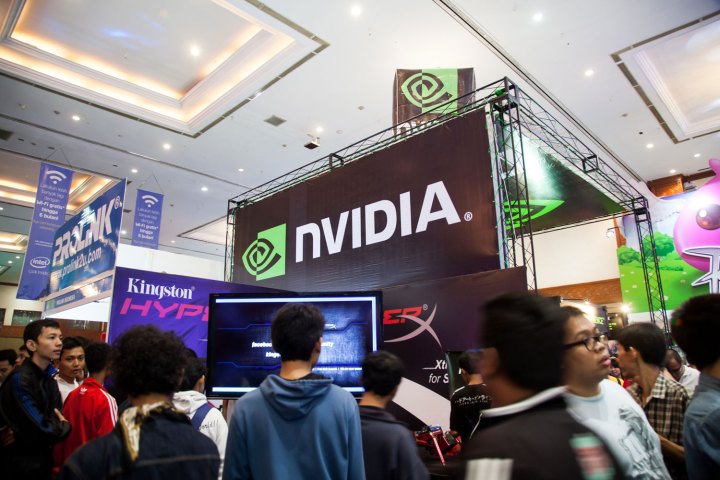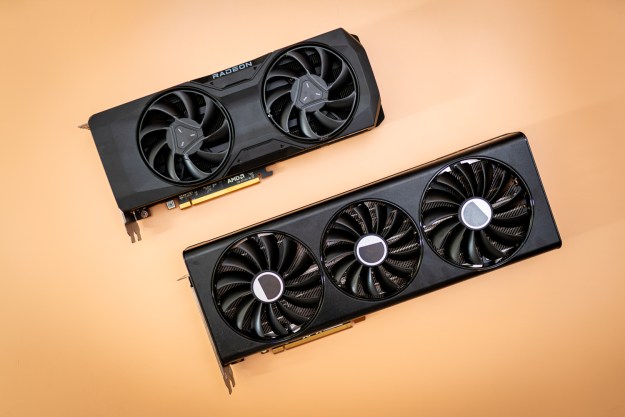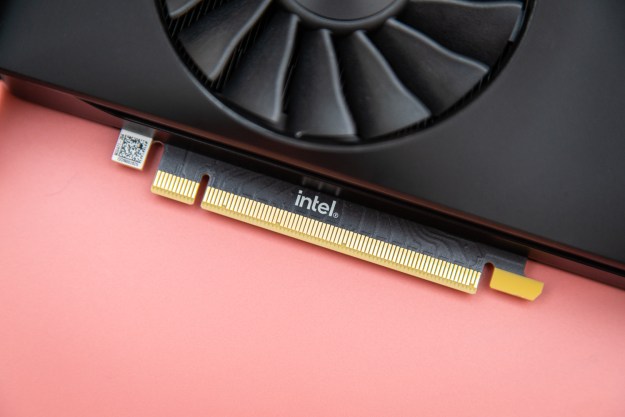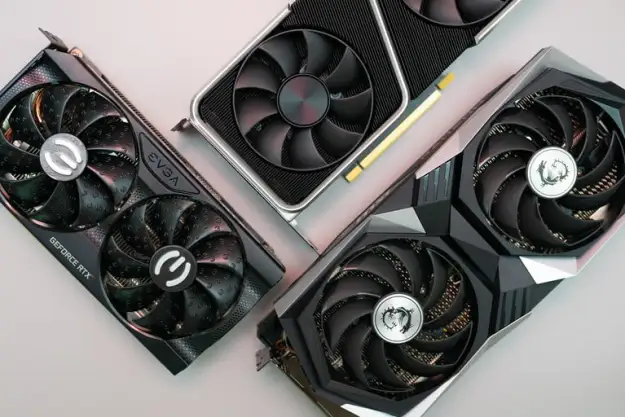
Heart attacks
The researchers at George Mason don’t mince words when it comes to their project. “Heart disease is the leading cause of death in the developed world.” But the human heart is a massively complex piece of biological machinery, and simulating all the moving pieces and variables is a stress even on high-end CPUs.
At the core focus of the study is fatal arrhythmia, or an irregular beating of the heart due to a problem with the hearth’s electrical system. This is generally caused by a calcium imbalance, but problems start to arise with the sheer number of these calcium channels to keep track of. “In a single heart muscle cell there are over 1,000,000 of these calcium channels. In the heart, there are 2-3 billion of these cells.”
The algorithm, when run on a GPU, finally makes it possible to model the heart accurately.
In order to handle the large amount of data, the team created a new version of the Monte Carlo machine learning algorithm, aptly named Ultrafast Monte Carlo. It was designed to reduce the number of calculations necessary in a standard comparison. Specifically, it allows the researchers to multiply two matrices together without having to multiply each value individually. This algorithm, when run on a GPU, finally makes it possible to model the heart accurately.
Smoke propagation
But not everyone dies of a heart attack, and that’s where researchers from Jülich Forschungszentrum, a German research institute, come in. They’re working on a project that will use GPUs to manage fires and smoke in underground stations.
According to the researchers, “Equipment for smoke extraction is rare in underground stations worldwide,” but the solution isn’t as simple as installing a fan. There are lots of factors involved in the careful evacuation of smoke, and the close relationship of oxygen and fire means carefully measuring the risk in real time. GPUs are perfectly suited for imagining three-dimensional spaces and running through scenarios in fast order, and time is of the essence in a fire-fighting situation.
The focus in this project is on filtering smoke out of complex underground facilities, but that’s just the tip of the iceberg. It will also help emergency services identify fire risk and possible routes in real-time, and dynamically change escape routes for people stuck in the underground facilities. The memory and performance requirements mean a lightweight GPU could do the work of a more expensive CPU, making it easy to install in a fire engine or underground facility.
Endangered species
It isn’t all about humans, and preserving the endangered species of our Earth is an important topic as well. In that pursuit, the National Oceanic and Atmospheric Administration started a contest to build a facial recognition engine for Right Whales. Researchers from Deepsense.io took the data, 4,544 images of these whales, of which there are less than 500 left in the World, and created such a system.
Unfortunately, facial recognition for whales isn’t as simple as picking out eye position or dimples, and to make things harder, the images weren’t all from the same direction, or focused and framed perfectly.

First, the researchers set about identifying the whales’ heads and rotating and scaling them to create “passport photos” of each. Once those photos were correctly aligned, they used the callouses on the backs of their heads to identify the whales.

It’s not as immediately life-saving as the other efforts, but it shows the versatility of the GPU in more than just gaming. But why are GPUs so good at these tasks?
Why GPUs?
So what makes a GPU so much more relevant for these sorts of tasks, exactly? A lot of it has to do with the structure of the processor itself. Traditional CPUs are great for handling one task, or one set of data, or pretending to handle more with multiple cores. GPUs, on the other hand, have CUDA cores (or Stream Processors in AMD GPUs) that number into the thousands, over 3,000 in the workstation Quadro M6000. That means they’re much better at handling many operations all at once.
It also means it’s easier to leverage a GPU for tasks that involve visualization and calculation when there are hundreds of thousands of factors. That means the inside of a heart, where it can keep track of billions of cells, or a subway station quickly filling with smoke. It’s much easier, and importantly, much faster, for a thousand cores to attack the problem at the same time.
How much faster? According to the heart study, the Ultrafast Monte Carlo algorithm takes 20 minutes to run on a CPU, but just 45 seconds on a GPU. That doesn’t just save time, it also means a drastic reduction in required resources, technological overhead, and run-time costs. Don’t you think that’s just as important as maxing out your framerate in Counter-Strike?
Editors' Recommendations
- Nvidia RTX 50-series graphics cards: news, release date, price, and more
- Everything you need to know about buying a GPU in 2024
- The most common GPU problems and how to fix them
- The GPU shortage is over, but it’s still wreaking havoc
- Windows 11 will soon harness your GPU for generative AI



